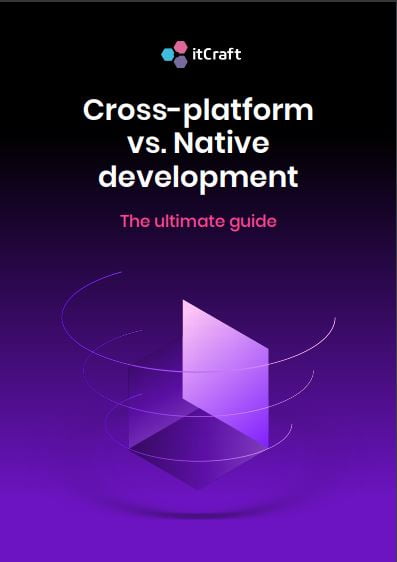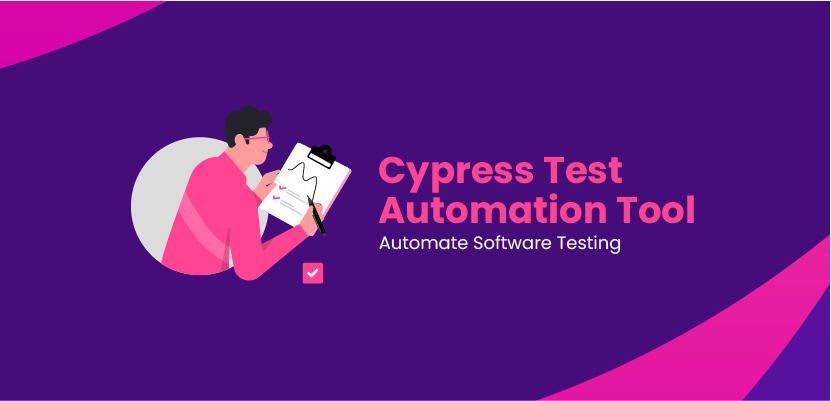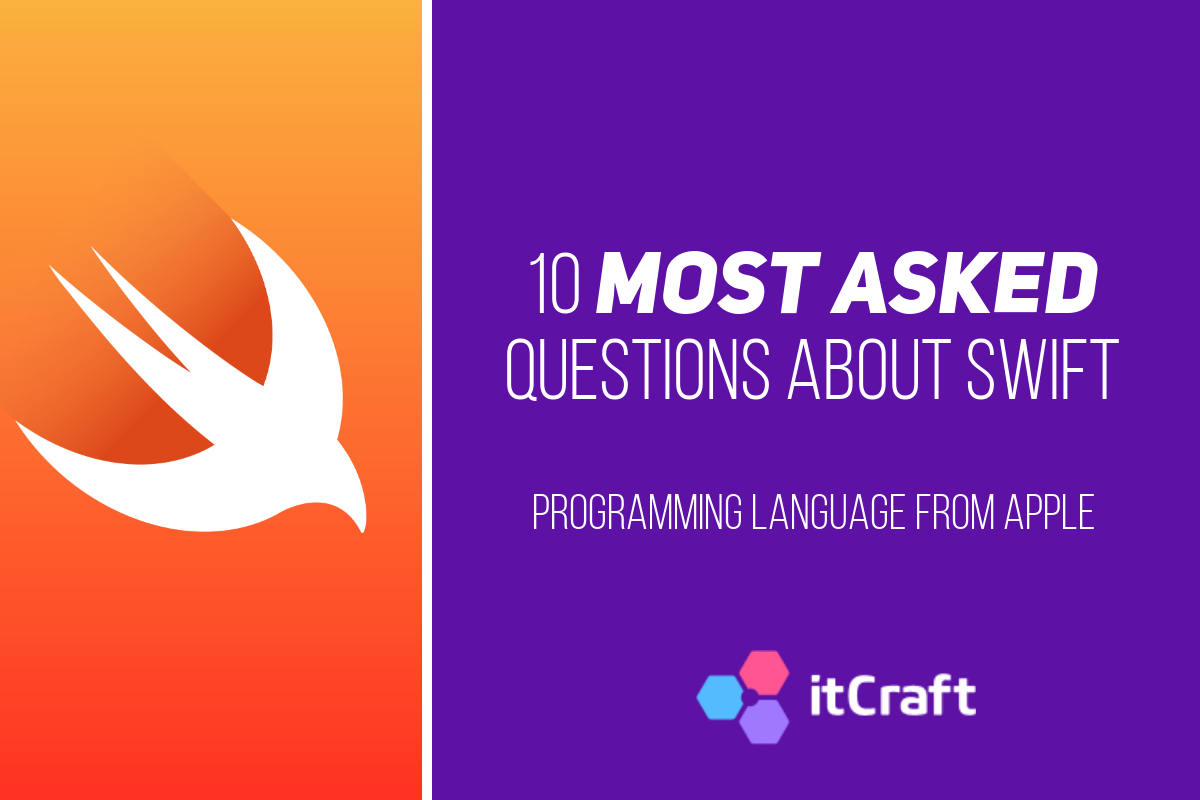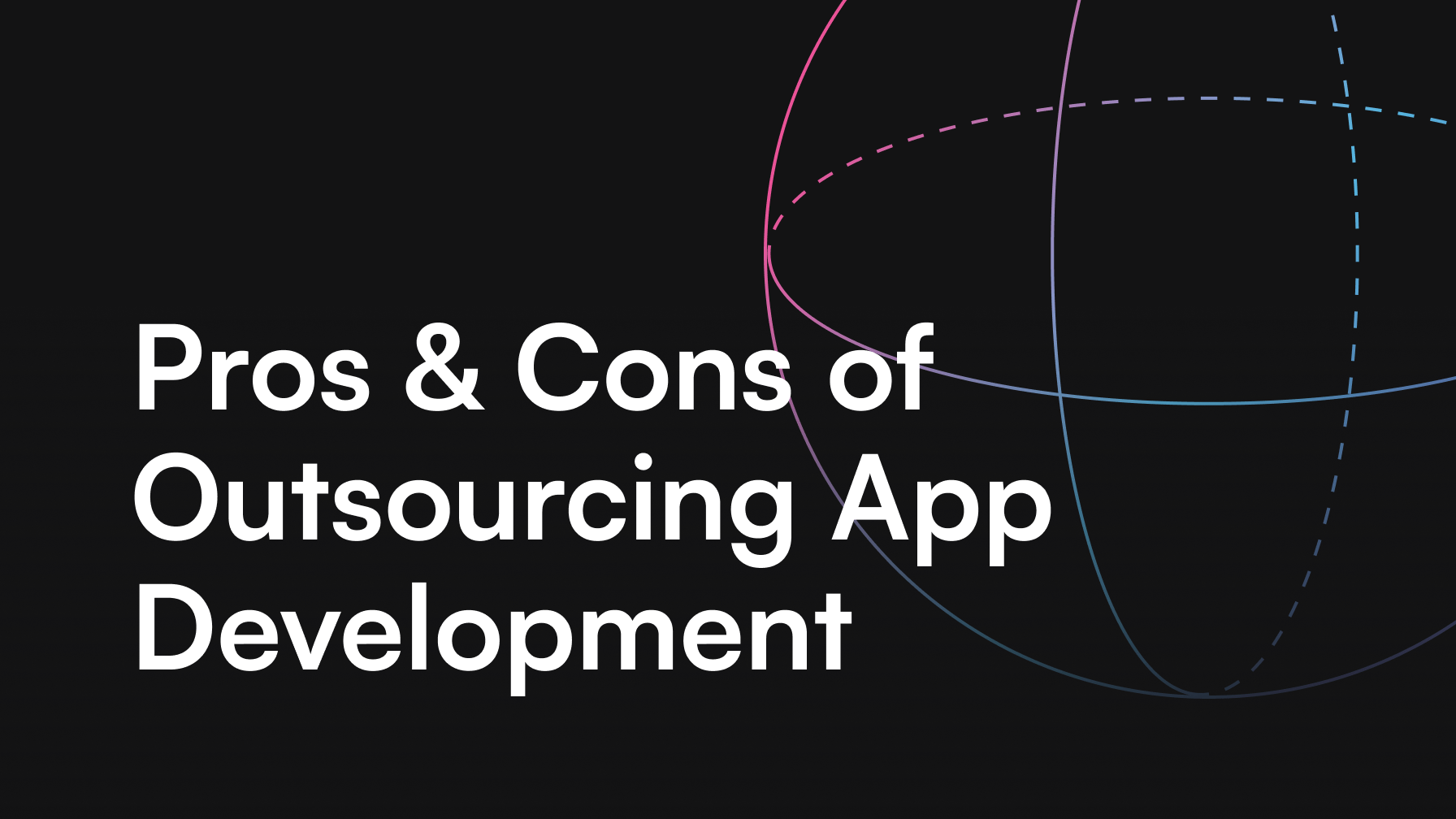Pros and Cons of React Native and Native Development

Alexa Trachim

Karol Wegner

Paweł

React Native is one of the established mobile app development frameworks. It is cross-platform, attractive, popular, and seemingly time- and cost-efficient. Some would even go as far as to say it’s on its way to overtake the preeminence of native development.
Together with Flutter, they create the premiere league of multi-platform app development frameworks. At the moment, Flutter is becoming even more popular, but React Native was used in so many projects so far that you should know about its advantages and drawbacks.
Table of contents
- Native app development
- Pros of Native App Development
– Pros of Native App Development - Cons of Native App Development
– Cons summary - React Native for your mobile app
- Pros of React Native
– Pros summary - Cons of React Native
– Cons summary - Conclusion
In this article, we are going to line up our contenders (React Native vs. native development) and take a good look at each one’s strengths and weaknesses. Betting blind might cause you to shoot yourself in the foot.
Native app development
There are considerable advantages here. First of all, native development has been around long enough to have seen all the wannabe ‘flash in the pan’ competition come and go. Native development will be here long after the next cross-platform hero comes along. However, it is worth remembering that it’s not always a perfect choice for all digital projects.
All the native apps running on the billions of devices across the globe will need updates, new versions, bug fixes and development. New native apps that are developed today will require native support throughout their lifetime, meaning native developers will always find work.
Pros of Native App Development
Parental support and security
Crucial support from the platform providers, both Google and Apple, gives native technology the advantage of being dependable. Being a mature, evolved technology has put it a few steps ahead of all the cross-platform competitors. The same goes with security as native use the full power of hardware to process necessary tasks and provide reliable data protection.
Specialized for specific systems, easier to work with
A dedicated platform allows writing lower-level code, giving better control over the environment. The written code is much easier to debug, analyze and troubleshoot. All this because native development is system-specific and, say, iOS developer doesn’t have to worry about compatibility with any other system than iOS.
Any issues that arise are much easier to identify by dedicated native developers as they only have to address a single system. There are, of course, various versions of the system, types of devices, but at the core, they are all based on the same working principles.
Apps written in dedicated native technologies offer superior quality of User Experience. Separate UX design for each platform ensures that the “feel” of the app is natural to the environment it’s running on.
High performance
When talking performance, native development again leads the race. Native programming allows the capabilities of both the device and the system to be fully utilized. You get access to the highest attainable frame rate, speed, computing power, graphics support, etc.
Large communities of developers around the world
Both iOS and Android native technologies are mature, sport huge developer communities and give access to a vast knowledge base as well as a broad palette of tools and solutions. Also, it is easier to find relevant information and ask other experienced developers to learn from their mistakes instead of trial and error.
Pros summary
All the above make native development the preferred choice for large-scale, big brand mobile services like Facebook, Snapchat, and the majority of banking apps. Due to high quality and superior performance, fully dedicated solutions are still the weapon of choice for demanding customers looking to develop their apps for B2C or C2C purposes.
So, if you’re looking to develop a Ferrari among apps, you should choose native development every time. There is no compromise on quality, no compromise on performance and definitely no compromise on the cost and development time.
Cons of Native App Development
High development cost
Native development is not the solution for the penny pinchers of the world. Money is generally the #1 reason to think about alternatives. Developing two separate native apps for iOS and Android requires establishing two specialized teams of developers.
One product, two problems
A project using native technologies is challenging to coordinate and manage. As most developers currently work in some form of agile methodology, collaboration with the client is required throughout the project. When dealing with essentially two development teams, getting your head around being a product owner can be tricky.
Time-consuming
At the core, iOS and Android apps have two utterly different source codes, which means that not only is the initial mobile app development more complex, but also the ensuing maintenance, updates and servicing of the software requires considerably more resources. That means that it is very time-consuming to develop two high-quality, tested products. Two different technologies will influence all the stages of the app’s lifecycle.
Cons summary
Native is an easy choice if you’re developing an app with high performance and quality requirements. It’s the way to go if your budget allows for it and you can afford to spend a little extra time waiting for the project to be completed.
If you’re thinking of cost savings over stellar quality and performance, then read on.
| Pros | Cons |
| Parental support and security | High development cost |
| Specialized for specific systems, easier to work with Specialised | One product, two problems |
| High performance | Time-consuming |
| Large communities of developers around the world |
React Native for your mobile app
The rise in popularity of React Native as a cross-platform technology has not been unwarranted. Invented using Facebook’s technology, it has seen significant growth. Over the last couple of years, the community support and Facebook’s commitment to its development resulted in considerable competitor to native development.
We should also mention the biggest competitor of React Native – Flutter. It’s a technology created by Google that is slowly deposing Facebook’s solution. We invest a lot of time and effort into Flutter because we believe it can become the top cross-platform solution.
Still, React Native is a big, established player, so we believe knowing its pros and cons can benefit all product owners that consider what to choose for their next app project.
Pros of React Native
Cross-platform/ time efficient
React Native’s advantages stem mostly from the fact that it is a cross-platform technology. Meaning, the source code is processed and rendered into native Android and iOS components. Although this carries consequences in both quality and performance, it allows the same source code to be used to make apps for both platforms. For developments where cost and time are priorities, React Native offers increasingly more attractive options.
From a technical perspective, React Native development allows the use of one framework and one source code to build apps for Android & iOS apps. Apps produced are real native software. Simply put, whether building an app for Android, iOS or both, this framework can be used to create the same source code, which is then rendered (translated) into corresponding native components.
This advantage suits other cross-platform frameworks, as well. Flutter is based on the same concept as RN – building an app with one source code for multiple operating systems.
Hot Reloading
The results of a developer’s work in React Native can be monitored in pretty much real-time, without the need of compiling the code. Hot Reloading allows code changes to be seen straight away.
This is one of the most liked features in cross-platform frameworks like React Native and Flutter.
Cost-efficient solution
Currently, the cost associated with creating an app can be reduced by 25-30% when choosing React Native. The savings come from having just one development team instead of two. This means easier project management and more control over the uniformity of the production.
It also means there is no difference in the speed of work. Two teams – iOS and Android will never work at the same pace, while in React Native, the progress is always at the same rate for both platforms.
No differences between IOS and Android
The main aspect and ultimately the real value of creating an app using RN is the User Experience and User Interfaces. With React Native, the app’s interfaces are rendered into fully native-looking components, making the feel of the app identical to those made natively for either iOS or Android (e.g., https://facebook.github.io/react-native/docs/alert).
The rapid rise of React Native
Although a relatively young technology, React Native’s palette of tools and ready-made solutions is quite impressive. Facebook, the creator of the technology, is also continuously contributing to its development. The tech’s popularity has seen considerable growth and is fuelled by the demand for the ultimate cross-platform language. The community of developers has expanded rapidly, software houses have created React Native teams, all while clients look to take advantage of the potential savings.
For the last couple of years, the interest in multi-platform tools for app development was significantly growing. It explains why technologies like RN and Flutter are often requested by business owners that come to IT companies to develop digital products.
Pros summary
Although not yet an all-round solution, React Native has proven itself capable in a range of uses. It’s a good choice for some B2B applications, software used for internal processes in companies, apps containing forms, or those with dynamically generated views. You can also check top applications built with React Native.
Apps that need to be developed quickly and cost-efficiently will also find React Native an attractive option.
Cons of React Native
React Native is not for everyone. Being a relatively new technology carries with it certain deficiencies.
If you are not sure which technology to pick – ask us. We recommend the most suitable one for your product, whether it will be native development, Flutter or React Native.
Lower quality and performance
Cross-platform development means compromising on quality and performance. Native apps can utilize the full capabilities of the dedicated systems and devices, while React Native apps are slower and struggle with high-performance requirements. Not a preferable choice for apps that run heavy animations and definitely not for games.
Flutter is considered more effective in that department, so if you want to go cross-platform and require better speed, maybe it’s a solution for you.
New and not 100% tested
Although it has more and more support, its young age makes it subject to ongoing changes and improvements. Any errors in React Native take time to address or require developers to come up with custom solutions or workarounds.
A native developer is required
Sometimes, a component needs to be included that must be created in a native technology. Although native blocks can be incorporated into React Native code, they still need to be made by iOS or Android developers. This complicates the process a little as you need a native developer to join the team, and you potentially have to manage three codebases, which may defeat the purpose of choosing a cross-platform technology in the first place.
More time spend on fixing small problems
Non-native code can make it complicated to address some device-related app issues. Dedicated native software’s errors are easier to identify and fix, but with React Native apps, the analysis and corrections are more complex.
Cons summary
As the technology is still relatively new, a lot of components need to be built from scratch, and the choice of available, ready-made React Native frameworks is not so rich.
Some problems of React Native are not present in Flutter, so you can give it a chance if you want to avoid the disadvantages mentioned above.
| Pros | Cons |
| Cross-platform/ time efficient | Lower quality and performance |
| Hot Reloading | A new solution, not 100% tested |
| Cost-efficient solution | An iOS or Android developer is required |
| No differences between iOS and Android | More time spend on fixing small problems |
| The fast growth of React Native |
Conclusion
All in all, React Native is a maturing and valuable alternative to native development. Native development still leads the race when the priority is top quality and performance. The advantages of dedicated software are not in question at present.
React Native’s growing popularity should not be underestimated, though. For specific purposes, like B2B services, it seems a better option. Better price and shorter development time add to its attractiveness. Also, you should remember about the alternative for RN – Flutter. It’s a valuable competitor that offers even more useful cross-platform features. Check out how React Native compares to Flutter in our dedicated article.
While native development is set to keep its prime position as a development option for quite a while longer, more and more aspects of React Native or Flutter are painting a picture of emerging underdogs that may surprise in the coming years with catching up with the leaders.

If you would like to learn more about Cross-Platform and Native development, check out our free ebook, a comprehensive guide on these development methods. Whether you are running a startup or you are a seasoned CTO in a large enterprise, you will find tons of useful information that will help you decide what technology to use in your next software project. Check out our clients’ success stories and opinions on both these options and decide which one is best for you.






